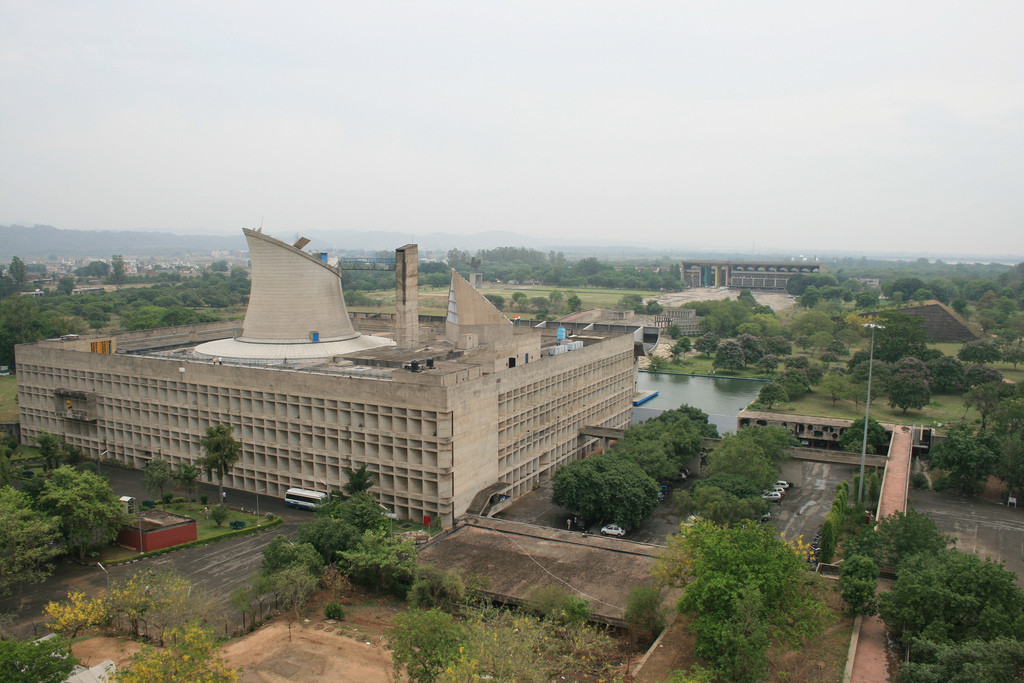
When it comes to sustainable architecture, the focus has historically been on designing buildings to reduce emissions. In recent years though, this focus has expanded to take into account the full life-cycle impact of a building and its components. But is this enough? In this article from ArchitectureBoston's Fall 2015 Issue, originally titled "Old is the new green," Jean Carroon FAIA and Ben Carlson argue that not only are most green buildings not designed with the full life-cycle of their materials in mind, but that even those which are they rely on a payback period that we simply can't afford. The solution? A dose of "radical common sense" in the form of preservation.
“Radical common sense” is the term a fellow preservation architect uses to describe a mindset that values repair over replacement. Why is this radical? Because, while reuse of water bottles and grocery bags is rapidly gaining ground, reuse of buildings and building components is not. And it’s not hard to see why: It is almost always less expensive and easier to replace a whole building and almost any of its elements — doors, windows, light fixtures — than to repair and reuse. Replacement also can offer measurable and consistent quality with product certifications and warranties not available for repaired items. Theoretically, a new building can ensure “high performance” and significantly reduce the environmental impact of building operations while creating healthier spaces. What’s not to like?
Maybe the old saying applies: If it sounds too good to be true, it probably is. We want and need “sustainability.” We want and need buildings, towns, and cities that are not bad for the environment nor the people who live and work in them. But is “new” the solution or the problem?












.jpg?1438347714)
.jpg?1438347662)




-2.jpg?1430924661&format=webp&width=640&height=580)











